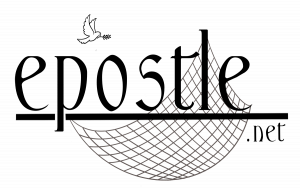Your Kingdom Come – 4of10
Armodoxy for Today: 10x One Minutes on the Lord’s Prayer, Part 4 –Your Kingdom Come
Before Jesus arrived at the River Jordon to be baptized, John the Baptist was proclaiming, “Repent, for the Kingdom of Heaven is near.” (Matthew 3:2) In common parlance use the expression “To Kingdom come” after words such as blow, blast, or send as a threat, e.g., “I’ll blow you to Kingdom come.” And so, often God’s Kingdom is seen as a location, someplace in the future which also signals an end to all things.
But as Armodoxy attests, the original message and Kingdom was ushered in with Christ. We read from Scripture, “Once, on being asked by the Pharisees when the kingdom of God would come, Jesus replied, “The coming of the kingdom of God is not something that can be observed, nor will people say, ‘Here it is,’ or ‘There it is,’ because the kingdom of God is in your midst.” (Luke 17:20-21) It is not by chance that Jesus was standing in their midst when he said these words.
Our request in the Lord’s Prayer is that God’s Kingdom may be revealed to us. We are asking for His presence in our lives, today, in the here and now.
This is the fourth of 10, one minute for Summertime.


